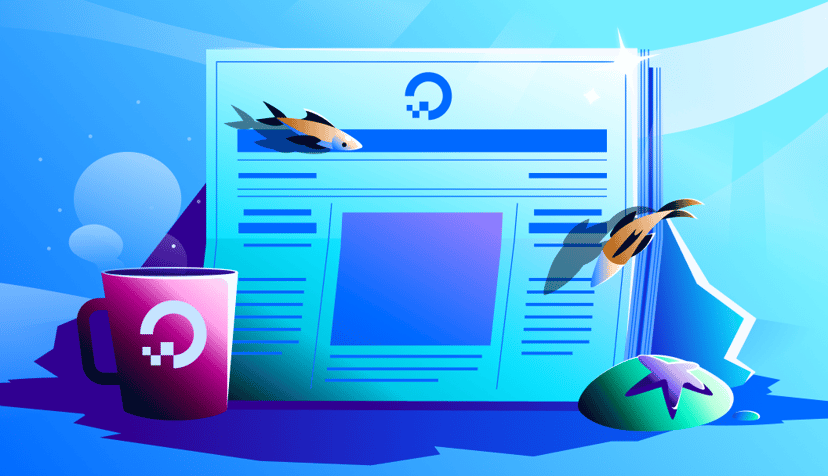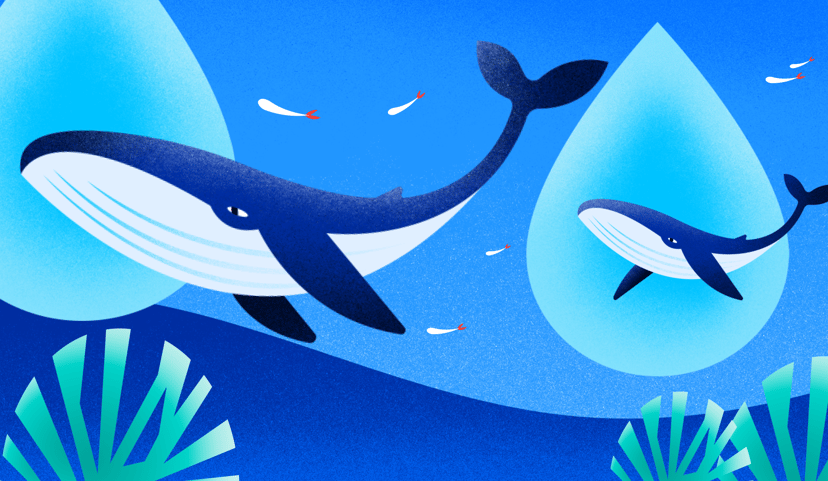Software as a Service (SaaS) is a software delivery model in which the software application is provided by a third-party vendor over the internet. SaaS applications are built in cloud infrastructures and can be accessed from anywhere with an internet connection. With SaaS, users have access to software provided by third-party vendors but are not in charge of the production, maintenance, or modification of that software. Users are only exposed to the interface they interact with.
SaaS applications are popular among businesses and general users, and a variety of familiar applications are readily available. Examples of SaaS products include Google Docs, Slack, Adobe Creative Suite, and Office 365. SaaS applications are usually offered on a subscription model, allowing flexibility in pricing. Many vendors offer free, premium, and enterprise versions of their applications so they can be accessible at a variety of price points. Many marketing automation platforms, accounting tools, and productivity tools are SaaS applications.
SaaS vs. IaaS vs. PaaS vs. FaaS
SaaS is one delivery model for cloud computing, but it’s not the only option. There are a few different ways services can be delivered, including Infrastructure as a service (IaaS), Platform as a Service (PaaS), and Functions as a Service (FaaS). There are key differences to each delivery model and pros and cons for each depending on the user’s needs.
IaaS models provide on-demand computing resources over the internet, including networking, storage, and other infrastructural components. With IaaS, users have complete control over their infrastructure and the software and tools associated with their tech, but they don’t have to control or manage the physical infrastructure, like bare metal servers or data centers.
With PaaS, users no longer have to manage the operating system, runtime, or other infrastructural components of their application that they would need to manage with IaaS. PaaS provides a fully managed solution for developers looking to launch applications quickly. When developers choose to use PaaS, they can focus on their development work and let the provider manage backend services and system administration.
Serverless architecture or Functions as a Service (FaaS) is used for specific functions that are event-driven and can be fully managed by the cloud provider. They execute on code written by the user and are triggered by a specific event. The results of that execution are then sent to the user. This allows businesses to pay per request rather than for an entire ongoing structure.
SaaS goes further and provides the user with an interface that is easy to use without the user having to worry about any backend components. SaaS applications are popular because of their simplicity and accessibility. Many consumers are familiar with SaaS applications as they are popular ways to deliver software.
SaaS architecture
With SaaS products, the end-user utilizes a straightforward interface to manage their needs. Users have no insight or control over any backend architecture, storage, or other components.
When developers create SaaS products, they often use multi-tenant architecture to set up their infrastructure. With a single tenancy model, each customer has their own software instance. With a multi-tenant architecture, users share certain aspects of the application while keeping access to its own data private. Multi-tenancy is more commonly used for SaaS applications because it allows the developer to easily manage things like updates and security for the entire user base, and it’s more cost-effective.
There are a few different types of multi-tenancy models, all with different benefits, levels of complexity, and costs associated with them. Some models use a single application and database schema, allowing for easy scaling but ultimately increasing costs. Others use a single application, but multiple database schemas, allowing each tenant to have an individual database. This option works well when the data from different tenants needs to be treated differently. Providers can also host data in multiple databases and parse data out by different rules.
Choosing which setup works best for you depends on your application. Single-tenant SaaS applications typically have a higher cost, and more maintenance needs, but is the better option for customers who need flexibility in their environment or have very specific requirements for their use case. Multi-tenant saves time and ultimately money, but can have more downtime and disruptions, and isn’t as customizable as single-tenant applications.
Advantages of SaaS
There’s a reason SaaS is a popular software delivery method. There are tremendous advantages to building and using SaaS applications. For customers, SaaS offers easier access to complicated tech. Instead of installing, maintaining, and updating software housed on devices, users can access the software over the internet. Customers can access the application from anywhere and more easily scale up and add more users if necessary. Many SaaS platforms offer detailed analytics and advanced security as well.
For the developer, building SaaS offers the opportunity for a large customer base, as the application is available to almost anyone. Building cloud applications can save upfront costs since you only pay for the data and bandwidth you need. SaaS applications are also often easier to update and maintain since developers can make one adjustment and push it across the user base.
Developers taking advantage of cloud solutions like DigitalOcean to build their SaaS applications benefit from the flexibility offered to scale as needed, as well as options for simplifying infrastructure management and other time-saving tools.
Many companies choose to work with a cloud provider for increased simplicity and lower cost because of great network bandwidth pricing. For example, kea AI, a SaaS AI startup that allows restaurants to take orders over the phone through kea’s virtual cashiers, used DigitalOcean’s cloud solutions to scale through Series A funding and beyond. Read their story here.
Things to consider
When deciding if a SaaS application is best for your business and goals, several things are important to consider:
Regulation:
Most SaaS applications use cloud computing for infrastructure, which means that it’s essential to consider how data is collected and stored and what regulations you may be facing with your customer data. Some industries have strict regulations about the storage and use of customer data and may not allow customer data to be stored in public clouds. Organizations also need to consider the data protection and privacy laws in the location where their services are used.
Security and data considerations:
Cloud services are open to some additional security threats that aren’t as common in traditional on-site data centers because of things like their use of APIs or cloud-based credentials. Consider how your application and the vendors you work with secure data. It’s also important to find out what backup assurances are provided, as it’s possible to lose stored data in the cloud for a variety of reasons. Providers may also use data for things like understanding the use of their product, selling or personalizing ads, or training machine learning algorithms. Find out a provider’s policies for using and deleting data before giving them access.
Vendor lock-in:
If you’re using a SaaS provider for your application, it can be challenging to change providers. Depending on the service, it could mean massive migrations, loss of data, or completely new setups. When choosing a SaaS vendor, you should ensure the solution has the tools you need for your current setup and any future needs to avoid the hassle of switching providers in the future.
Loss of user control and visibility:
With the ease of SaaS comes a loss of control. Users receive an interface that’s often easy to use and effective but has significant limitations in customization and no access to the backend infrastructure. Users may need to wait months or years for the SaaS provider to add new features that would help their business and have little visibility into product changes.
Customer support:
The customer support provided by SaaS companies can vary dramatically, from basic documentation and user forums to dedicated support teams who can troubleshoot your specific problems. When choosing a SaaS solution, users should assess the support provided and decide how much problem-solving they can achieve internally versus how much hands-on support they would like.
Pricing:
SaaS pricing is often billed monthly, but certain SaaS subscriptions may lock users into an initial year-long contract or offer discounts for quarterly or annual payment plans. Pricing itself can be a flat fee or may go up and down with usage, for example, the number of emails sent in a month. Users should pay close attention to how pricing may fluctuate over time and what add-ons, such as premium support, may not be included with the base rate.
Build better with DigitalOcean
Interested in learning more about building SaaS applications with DigitalOcean? Explore what you can do with DigitalOcean’s simple solutions and predictable pricing model.
About the author
Try DigitalOcean for free
Click below to sign up and get $200 of credit to try our products over 60 days!Related Articles

Introducing langchain-gradient: Seamless LangChain Integration with DigitalOcean Gradient™ AI Platform
Narasimha Badrinath
- August 19, 2025
- 2 min read

Agentic Cloud: Reinventing the Cloud with AI Agents
Bratin Saha, Chief Product & Technology Officer
- May 19, 2025
- 5 min read

How to optimize your cloud architecture for business growth
- May 9, 2025
- 5 min read